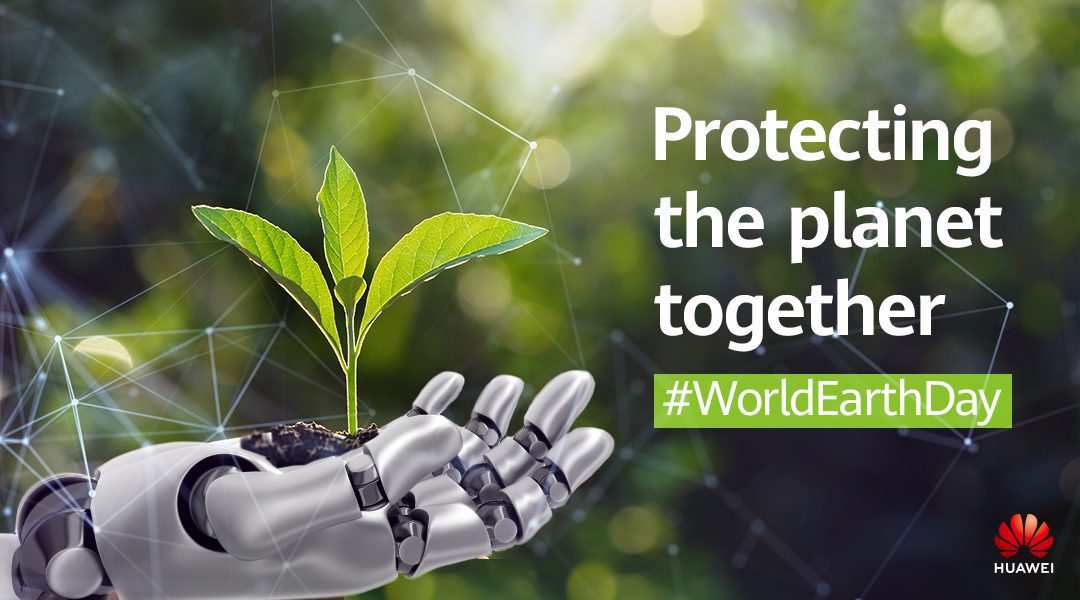The increasing concern about climate change and its impact on the planet has led to the development of sustainable technology solutions that benefit both the environment and society. Ten such solutions are highlighted in this article, including solar panels, wind turbines, electric transportation, green building design, smart grid technology, energy storage solutions, sustainable agriculture technologies, waste reduction technology, water conservation technology, and sustainable packaging technology. As these technologies continue to improve and become more accessible, they have the potential to significantly reduce our impact on the environment and create a more sustainable world for future generations.
10 Sustainable Technology Solutions for a Greener Planet
As concerns about climate change and our impact on the planet grow, sustainability is becoming an ever more critical consideration. Luckily, technological developments are helping us find innovative solutions that can benefit both the environment and our society. Here are ten sustainable technology solutions that are helping to make our world greener:
1. Solar panels
Solar panels convert solar energy into electrical energy, offering a sustainable alternative to fossil fuel energy, which is a dominant cause of greenhouse gas emissions. Solar panels can be installed in both residential and commercial settings, helping to reduce the carbon footprint of your energy usage. The cost of solar panels has come down significantly in recent years, making them an increasingly accessible option for homeowners and businesses.
2. Wind turbines
Wind turbines work by converting wind energy into electrical energy, providing a sustainable and clean source of power. Just like solar panels, they can be used in a variety of settings including residential, commercial and industrial applications. Wind energy is one of the fastest-growing sources of renewable energy, offering an economical solution to our energy needs.
3. Electric transportation
Electric cars, buses, and bicycles are becoming increasingly popular as people become more environmentally conscious. Electric vehicles use rechargeable batteries instead of traditional gas, significantly reducing carbon emissions. Additionally, electric transportation is often much quieter than traditional vehicles, reducing noise pollution in urban areas.
4. Green building design
Green building design aims to reduce the environmental impact of buildings by designing them to be more energy-efficient, using sustainable materials, and incorporating renewable energy sources like solar panels or wind turbines. Some green buildings use innovative designs like passive strategies for heating and cooling to reduce energy usage without sacrificing comfort.
5. Smart grid technology
A smart grid refers to an electricity network that uses digital technology to monitor and manage the flow of electricity more intelligently. It allows for more accurate forecasting of demand and enables the integration of renewable energy sources like wind and solar into the grid. Smart grids also give consumers more control over their energy usage, allowing them to make better energy choices and reduce their environmental impact.
6. Energy storage solutions
The development of energy storage solutions has been crucial for transitioning to renewable energy sources like wind and solar. Batteries can store excess energy produced by renewable sources and release it when needed, reducing the reliance on fossil fuel energy sources. Energy storage solutions are becoming increasingly important as renewable energy systems become more widespread.
7. Sustainable agriculture technologies
Sustainable agriculture technologies are helping farmers reduce their carbon footprint, conserve water and soil, and improve crop yields. Advanced technology like precision agriculture uses data and analytics to optimize crop yields and reduce the use of pesticides and fertilizer, protecting the environment and ensuring food security for the future.
8. Waste reduction technology
Waste reduction technology aims to reduce the amount of waste produced and improve recycling efforts. Many sustainable technologies use recycled materials and reduce the need for new resources. Waste-to-energy technology uses waste as a fuel source to generate energy efficiently while reducing landfill waste.
9. Water conservation technology
Water conservation technology aims to reduce water usage and protect this valuable resource. Technologies like automated irrigation systems, low-flow toilets and showers, and leak detection sensors can significantly reduce water usage in households and businesses. Agricultural water conservation technologies like drip irrigation and soil moisture monitoring can help farmers reduce water usage and protect valuable water resources.
10. Sustainable packaging technology
Sustainable packaging technology is essential for reducing the environmental impact of products. Innovative packaging designs, like compostable and biodegradable materials, can help reduce the amount of single-use plastic waste that ends up in landfills and oceans. Additionally, efficient packaging designs can reduce the amount of packaging needed and reduce transportation emissions.
The Future of Sustainable Technology
The ongoing development and integration of sustainable technology solutions have the potential to help us create a greener future for generations to come. As these technologies continue to improve and become more accessible, we will be able to significantly reduce our impact on the environment and create a more sustainable world.
